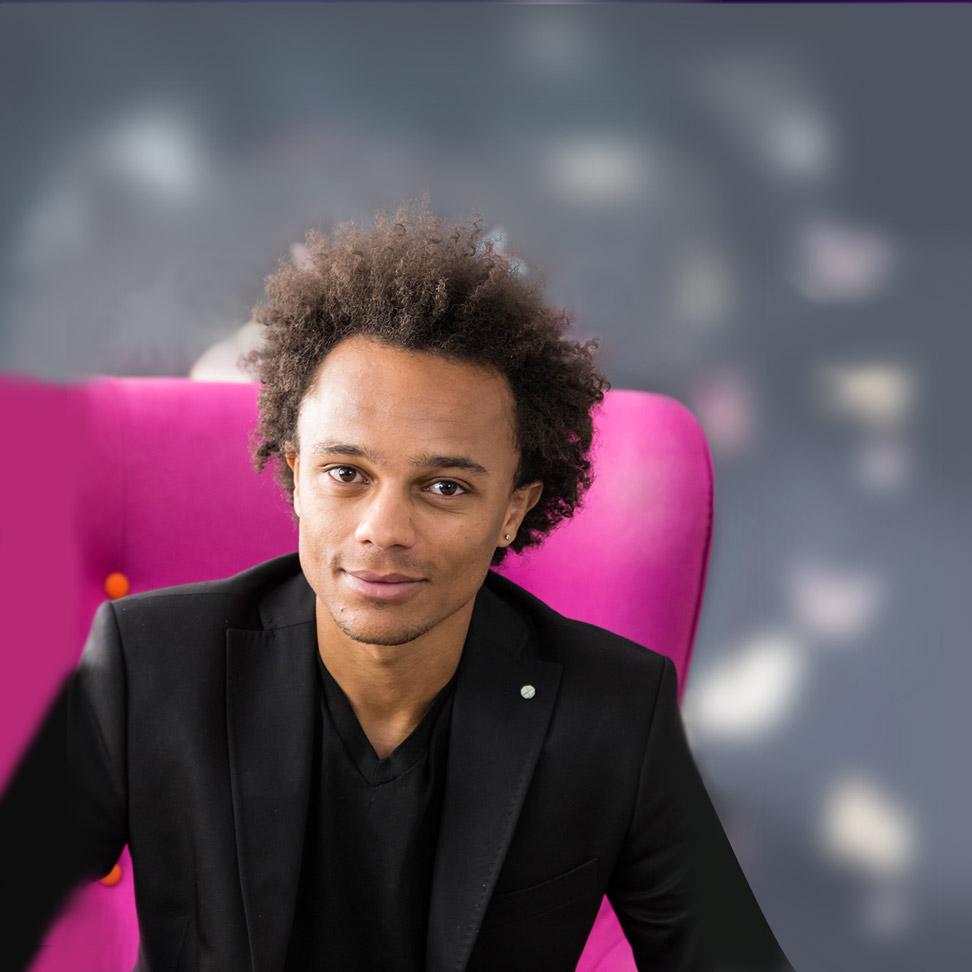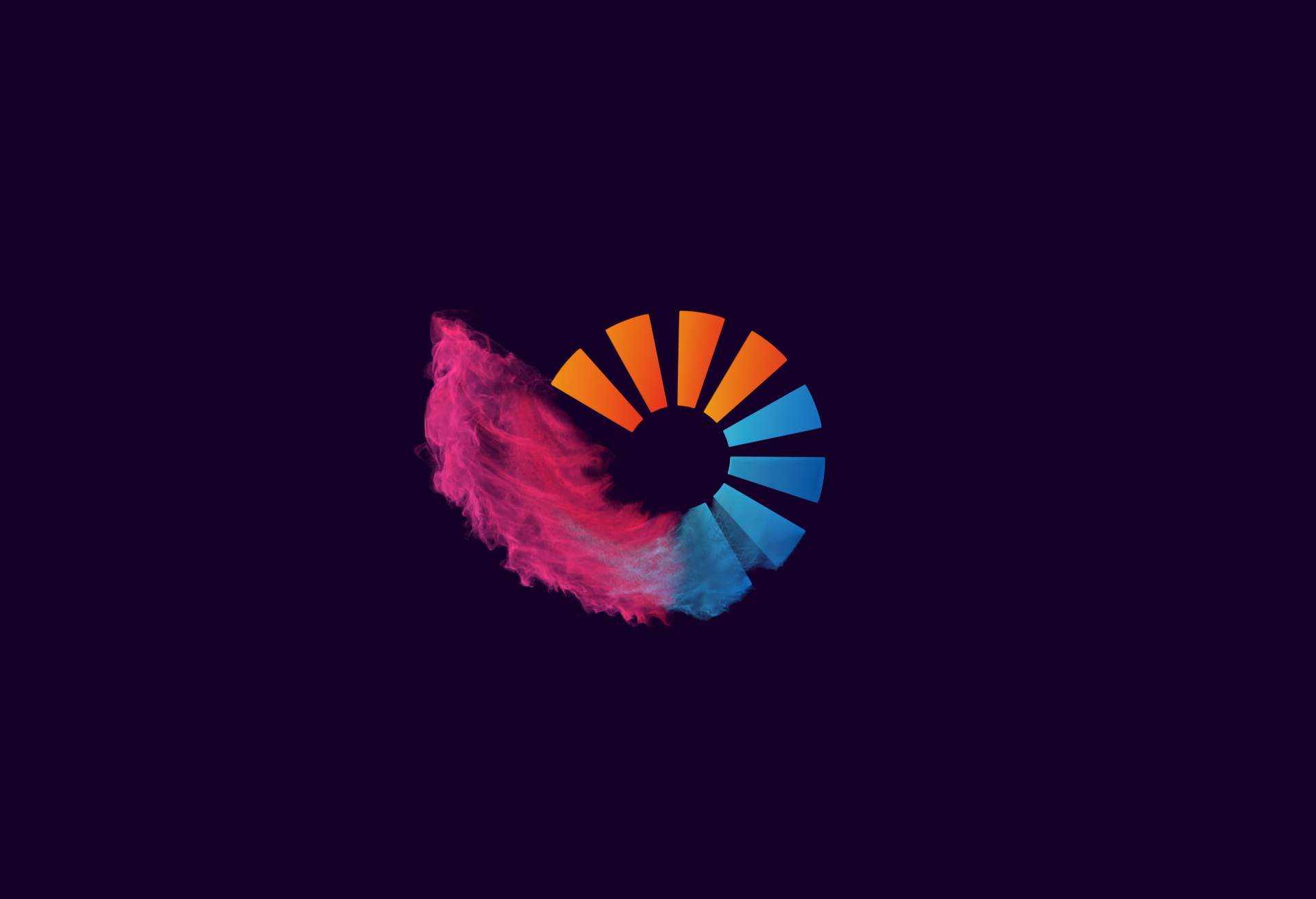Bordering the Caspian Sea as well as the Indian Ocean – and featuring climate zones that range from semi-arid to subtropical, Iran is the second-largest nation (by land size) in the Middle East. As you might imagine, it is a nation of multiple qualities, some of which are often negatively portrayed by the media.
Iran is also one of several locations in The Middle East that is about to become a cheaper destination to fly to in 2017, as Tehran’s connectivity to the rest of the world continues to improve.
In an effort to deconstruct some of the more damaging perceptions of Iran, Ali Kaveh co-founded Everyday Iran in 2014. The aim of the movement is to use social media to show the day-to-day lives of Iranians to the rest of the world.
In a country in which the use of Facebook and Twitter is blocked, Everyday Iran is one of several inspiring Instagram accounts that attempts to portray some of the aspects of Iran that don’t necessarily make the headlines around the world.
For us, Ali’s mission to distribute authentic portraits of contemporary life in Iran to people outside of the country speaks to our values of tearing down boundaries between cultures across the world, and embracing diversity. We caught up with Ali to ask about the Everyday Iran project, and for him to share a selection of his favorite photos.
Tell us about Everyday Iran
Ali: I am Ali, from the city of Ishafan. I am the co-founder and curator of the project. Everyday Iran was inspired by another movement called Everyday Africa.
We are a mobile photography project, based on social media, that started early in 2014. Before this, we were following other Everyday projects, such as Everyday Asia and Everyday Middle East, which are sort of the same thing.
We don’t have professional “country” photographers. Instead, we ask normal people who live and work in Iran to send us photos of their everyday lives taken on mobile phones.
There are five photographers who curate these photos and post them on our page.
What is the goal of Everyday Iran?
Ali: Our goal is very simple – it is fighting and challenging the stereotypes of Iran that are generated by Western media.
What is the biggest challenge that you face when it comes to fighting stereotypes?
Ali: Before social media, we didn’t have any access to the world in order to show or express our country, our feelings and our everyday lives. Today, through social networks, we can have hundreds or thousands as an audience – in every corner of the world.
All we need to do is to send some photos and they (the audience) can judge for themselves. Before this, there were a lot of filters – a lot of editors, who did not really like to publish these sorts of photos in their media.
What is your selection process for the imagery?
Ali: These days we receive almost 500 to 1000 photos per day. Almost 30,000 people have sent their photos to us from thousands of cities in Iran, so there are lots and lots of photos. We use the #EverydayIran hashtag on Instagram so that it is easier for people to keep track of our photos.
We try to create a balance in our feed and share almost everything, without any censorship, especially self-censorship. As a result, you will often find pictures that you do not expect to see from Iran.
In your opinion, why should people travel to Iran?
Ali: Iran is a very normal country but mainstream media doesn’t want to show this. Iran is a four-season country; it is really beautiful – you can have all four seasons at the same time. If you travel to the south, it is really warm and if you travel to the north, it’s green and cold.
People in my country really love tourists – they really love foreign people. If you travel to Iran as a tourist or foreigner, they respect you and love you. They will invite you to their houses for lunch and dinner. Having a good time with local people and experiencing four seasons in a short period of time are two things that you can experience in my country.
Are there any particular sites you would personally recommend to anyone who wants to visit Iran?
Ali: I recommend that people see the many touristy sites of Iran. However, they need to find local people to show them around. I know a lot of foreigners. When they travel to Iran – I’m going to show them my city and the places that tourists don’t go to because they don’t know that they exist. You can enrich your experience of Iran if you find local people who can show you around.
What effect has this project had and where do you see it going in the next few years?
Ali: One of the funniest things about Everyday Iran is that we have a huge audience outside Iran. 89% of our audience are from the United States and Western Europe. This shows that people are trying to find another source through which to look at Iran.
Over the next few years, the most important thing for projects like ours is keeping it updated. We are working with more and more offline projects, such as book publishing and exhibitions in other countries.


